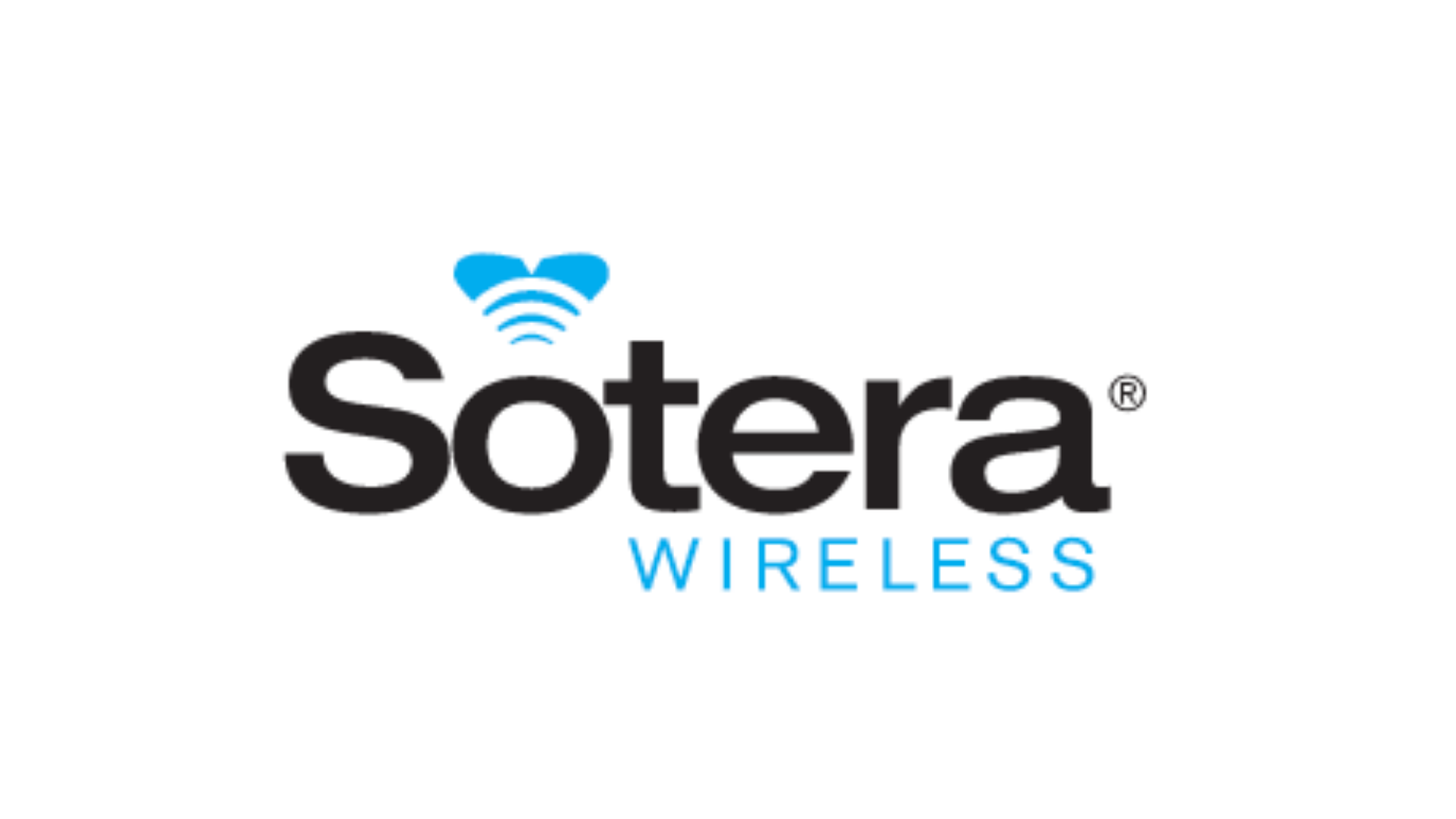Prevent Patient Deterioration With ViSi Mobile, Now With Advanced Machine Learning!
Medical technology company in San Diego, CA, Sotera Wireless, announces the latest iteration of its ViSi Mobile monitoring system that provides continuous monitoring for patients beyond the ICU.

Did you know that up to 75% of adverse events and preventable deaths occur outside the ICU?*
Sotera Wireless, a medical technology company in San Diego, California, has released its sixth (6th) version of software for the ViSI Mobile Vital Signs Monitoring System. The new version of software (Version 6.0.1) focuses on improving clinical workflow and patient recovery time in the general care / post-surgical areas of the hospital. The ViSi Mobile Vital Signs Monitoring System provides accurate, continuous, and non-invasive vital signs monitoring for patients in care units that are designed for patient recovery and the prevention of physiological deterioration.
Head on over to http://www.soterawireless.com now!
The newly released software continues to allow clinicians to receive even more accurate alarms to alert them that there is an issue to be concerned about and that care is needed to prevent deterioration. Further, the improved ViSi Mobile monitoring system can automate data collection into a hospital’s electronic medical records, allowing ICU-level continuous monitoring to the general ward and beyond while improving clinical workflow.
Numerous studies suggest that patients with severe illnesses require constant and continuous care — a feat that has become more difficult given the current times and nationwide staff shortages. Vital sign collection has generally been ordered according to unit policy and not according to patient need. Dangerous patient deterioration can occur in the interim between physical vital sign spot checks.
Sotera Wireless addresses the gap in patient monitoring with its ViSi Mobile monitoring system. ViSi Mobile software has been enhanced by utilizing advanced machine learning that includes more than 20 million hours of patient data to support the early detection of patient deterioration and reduce alarm fatigue.
ViSi Mobile’s new software uses advanced machine learning for rapid calibration. Poor signal quality in some hospital patients slows the set-up of continuous vital sign monitors. However, using advanced machine learning algorithms to improve data classification, the latest ViSi Mobile software reduces set up time and shortens calibration of its novel, continuous non-invasive blood pressure measurement.
This also helps reduce alarm fatigue, which is a typical problem for most continuous vital sign monitors. Sotera Wireless leverages more than 20 million hours in its patient database to reduce the number of false alarms.
Additionally, the new software reduces non-actionable alarms for the monitor’s immobility alerts which assists clinicians in adhering to hospital-turn protocols designed to reduce pressure ulcers.
The improved software continues the mission of Sotera Wireless of producing accurate, comprehensive wearable monitoring systems in the healthcare industry.
Dr. Devin McCombie, CEO of Sotera Wireless said, "Our goal is to help hospitals improve patient safety and clinical workflow. Our newest software release allows ViSi Mobile to do these things even better by utilizing our huge database of more than 20 million hours of patient data to more accurately help the clinical staff recognize potential concerns."
Learn more by visiting http://www.soterawireless.com today!
* AHA database, 2013 2 I2_Presentation_Diagnostics_Haraden.pdf

